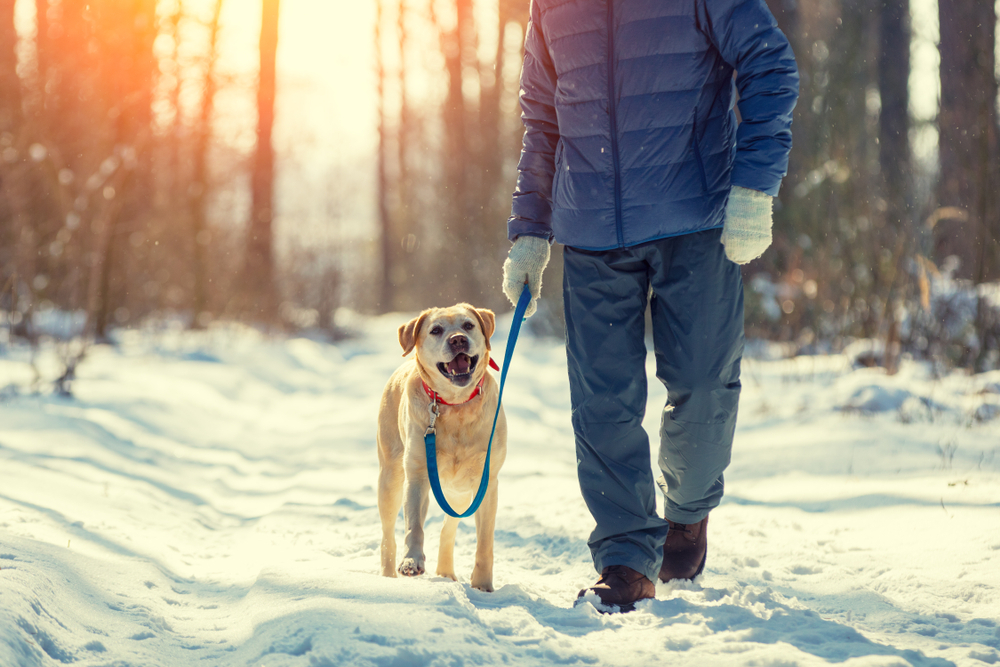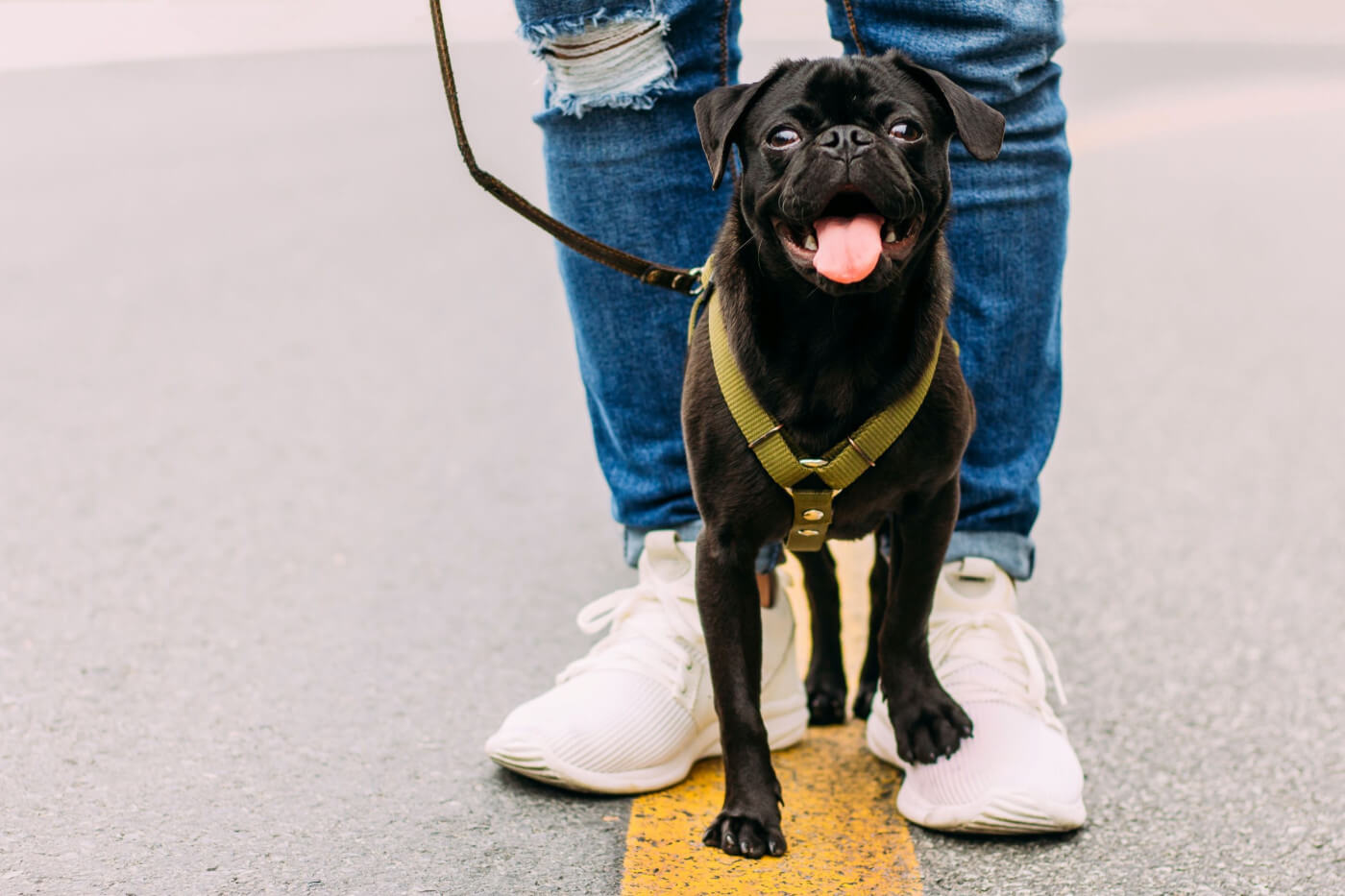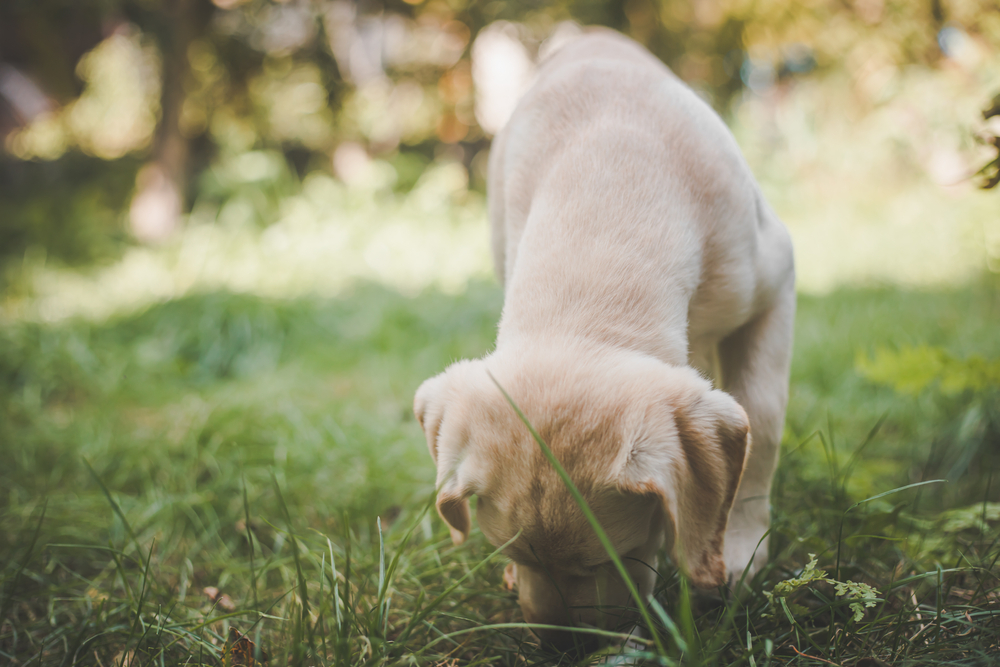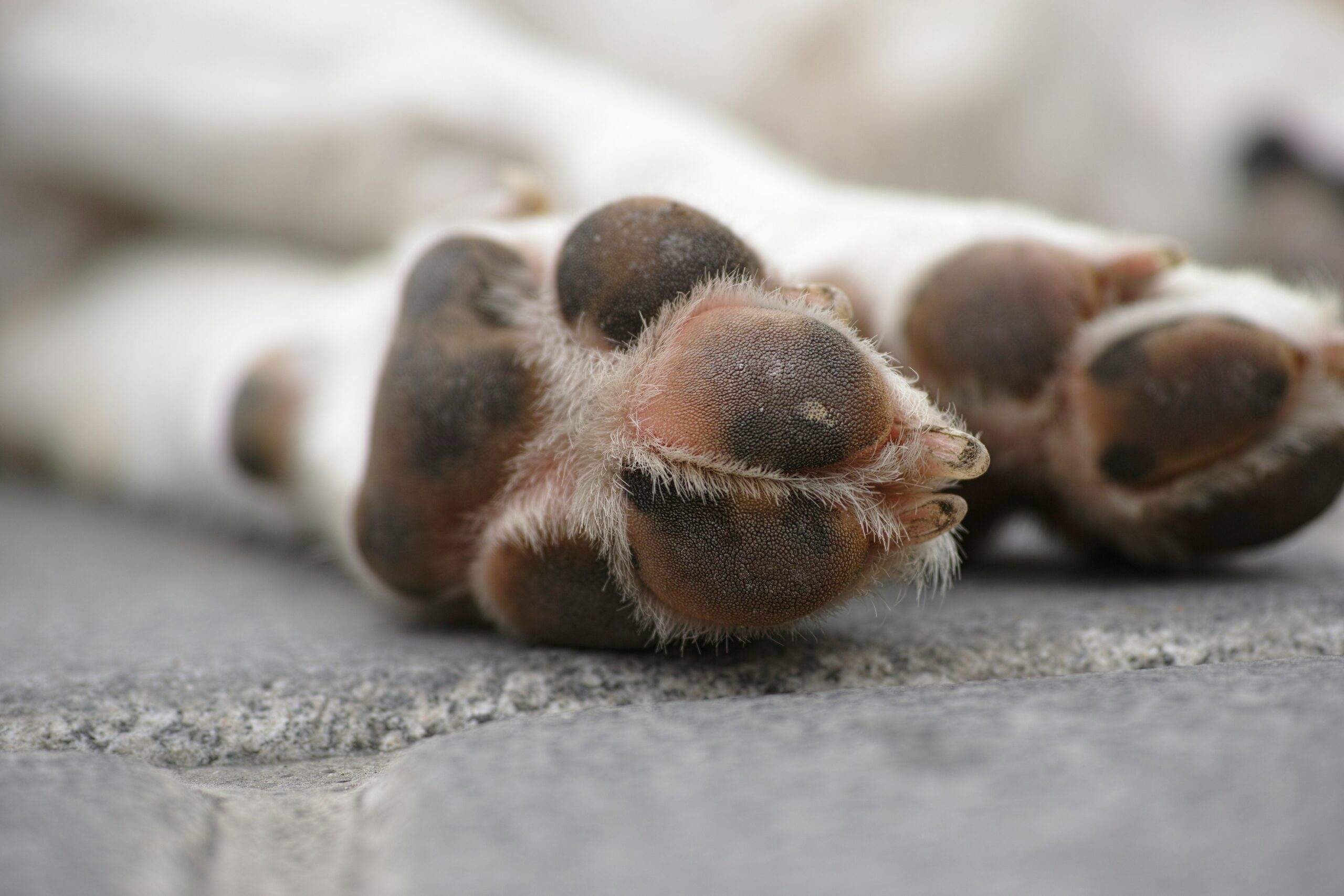
Our top tips for walking your dog
January 9th 2023
Dog Walking
Walking your dog should be a pleasurable experience for both dog and owner, but it can sometimes be a stressful event. We’ve put together a few tips to help make walkies with your best friend, fun.
Where should you walk?
There could be several options of where you can walk your dog, depending on where you live. If accessible, you could drive to your local beach, dog friendly country park or even forest, or you could tread the pavements, go to the local park or have stroll by the river. Bear in mind when and where wildlife may be nesting and where there is access to poo bins and drinking water. There are also many secure dog fields available. If your dog does not have a good recall or you just want a relaxing walk, these secure dog fields can be rented and you can drive right in, shut the gate behind you and chill.
Don’t forget that your walk doesn’t have to involve getting to somewhere. For your dog, just having the opportunity to sniff things (and meet other people and dogs if they want) can be exciting and stimulating.
Where are the cows?!
If you live in the country, joining your local pet walking social media pages can be a valuable source of information. Some pages will tell you which fields are free from livestock, assuming there is also a public footpath. Always keep your dog on a lead when walking near livestock, no matter how well behaved they normally are.
When should you walk?
A couple of shorter walks are better for many dogs than one long walk, especially for older dogs and puppies. The weather can play a part in the time of day you walk (see below), but if you have a reactive dog, sometimes walking at quieter times of the day is more relaxing for them (and you). If your dog doesn’t like other dogs, don’t force them to interact with them, and if walking becomes more of a burden than a joy don’t be afraid to seek advice from a qualified dog behaviourist.
Warming up
Ideally, if you are planning on taking your dog somewhere where they can run off lead, you should start the walk with 5-10 minutes on-lead walking, and the same at the end. This allows their muscles to gradually warm up rather than going from snoozing on the sofa, to jumping out the car and going straight into zoomies! A warm-up and cool down may help to reduce injuries.
Weekend warriors
If you’ve overdone the weekend walks you might think your dog spends most of Monday lying in bed because they are tired, but sometimes it’s because they are stiff and sore. If you only walk a mile or two per day during the week, a 10-mile hike at the weekend can be too much for some dogs, especially older dogs.
Breed and age
Some breeds may not be able to walk as far due to having shorter legs, or flat faces. Flat faced or brachycephalic breeds can struggle to breathe and walks may need to be shorter or less intense for these dogs. The age of your dog is also important. Puppies can tire easily, and exercise should be built up slowly, shorter more frequent walks can sometimes be better for both puppies and senior dogs who may be stiff due to osteoarthritis.
The weather
There’s no such thing as bad weather if you have the right clothes. This goes for your dog too! Some dogs may not want to go out in torrential rain or snow and instead you could play games indoors, teach your dog a new trick, do some conditioning exercises or learn scent-work. These are all fun activities that you and your dog can do inside. It can be surprising how much 10 minutes of brainwork can tire a dog out compared to a walk (often much more!). If you do decide to venture out, check out our blog about whether your dog should wear a coat here.
If the weather is warm, try to walk your dog before 10am and after 5pm. Even then, on some summer days it may be too hot to walk your dog – missing a few walks is fine and is safer than risking heatstroke. Dogs can get heatstroke in temperatures of just 20 degrees Celsius, and brachycephalic breeds such as pugs and bulldogs are at a higher risk.
Be prepared
Bring Treats!
Treats are not just for training puppies. They can be really useful for reinforcing things your dog already knows. For example, rewarding your dog for not rolling in fox poop (if you catch them in time), for coming back to you if they are off-lead and for leaving something that they look like they might eat! You can also scatter feed treats on the ground in long-grass to make a walk more interesting.
Water
If the weather is warm or you are going on a longer walk, take some fresh water with you for your dog to drink. Alternatively, plan your walks where you know there is somewhere safe and clean for your dog to have a dip and drink from. Be aware of fast flowing currents and dangers such as blue-green algae.
Poo bags
Poo bags are an essential bit of dog kit, but once the poop is bagged up, please don’t hang it on a tree. Take it home with you or pop it in the nearest bin. There are now biodegradable poop bags, or even bags made from maize available with a number of different dispensers and even smell-proof bags to carry poop home with you.
Things you might want to leave at home
Ball launchers
This is a controversial one, however may experts agree (and some scientific papers) that excessive games of fetch where the dog runs fast and then brakes suddenly can cause damage to the tissues and potentially exacerbate issues such as arthritis. If your dog is ball mad, try hiding the ball in long grass for them to find instead. For more information see: https://caninearthritis.org/article/on-throwing-balls/

Restrictive harnesses
A harness should allow normal movement of all the dog’s joints. Some harnesses have a band across the chest that is designed to stop the dog from pulling (they look like a T shape if you look at your dog from the front), but this band also stops the normal movement of the forelimbs. Look for a Y shaped harness instead or ask for help on design and fitting at your local pet shop or from a veterinary physiotherapist.
Once you are home
You might need to wash your dog’s feet once you return home. When the weather is cold, it is important to wash off any rock salt that may have been put on ivy pavements as this can irritate their pads. If you’ve been walking in muddy or leafy areas washing their feet is recommended as a way to check for and prevent Cutaneous and Renal Glomerular Vasculopathy (CRGV), also known as Alabama Rot.
Warm water and a thorough dry afterwards are best if you want your dog to enjoy the experience of being washed and is especially important for puppies and senior dogs that may get cold easily or suffer from osteoarthritis.
And finally, if possible, always tell someone where you are going walking and take a mobile phone with you in case you or your dog becomes injured, and you need to phone for help.
We hope these tips are helpful and you and your dogs have many happy years of walks together!
Photo by Delphine Beausoleil on Unsplash
and leonides ruvalcabar on Unsplash

 Shop Dog
Shop Dog
 Shop Cat
Shop Cat
 Vet Know-how
Vet Know-how Contact
Contact


